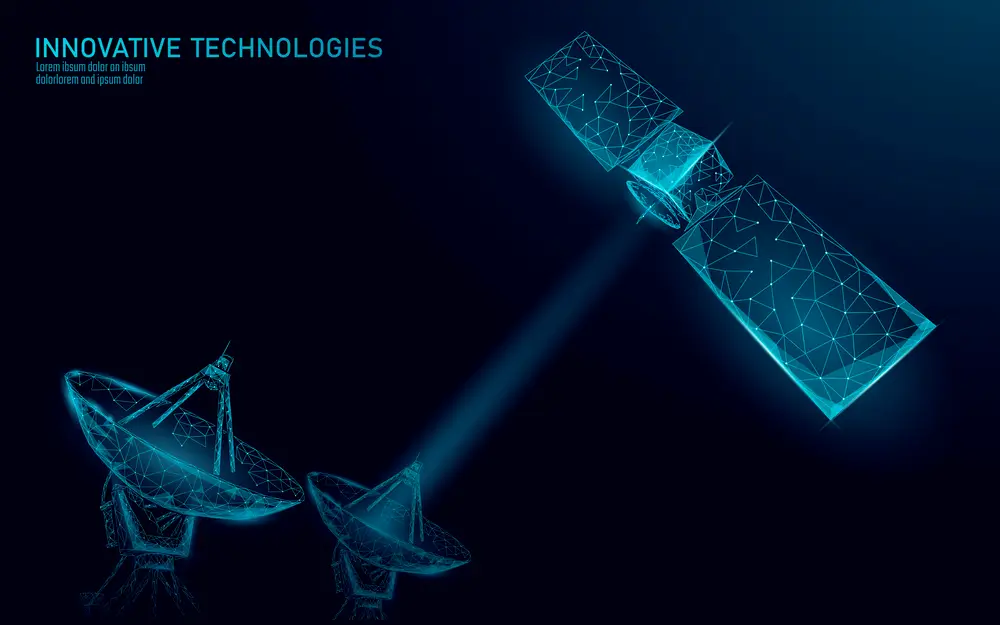
Starlink, a satellite internet constellation developed by SpaceX, has revolutionized global internet connectivity. With thousands of satellites in low Earth orbit, Starlink provides high-speed, low-latency internet services across the globe, especially in remote and underserved areas. One of the fascinating aspects of this technology is the ability to track these satellites as they traverse the night sky. In this blog post, we delve into the world of Starlink satellite tracking, how it works, the tools available for tracking, and why it matters.
Understanding Starlink Satellite Constellation
Starlink’s satellite constellation consists of thousands of small satellites, known as CubeSats, deployed in multiple orbital shells. These satellites communicate with ground stations and user terminals to deliver internet services. Each satellite is equipped with a phased-array antenna and a single solar panel, providing power for its operations.
Key Features of Starlink Satellites:
- Low Earth Orbit (LEO): Positioned at approximately 550 km (340 miles) above Earth.
- High Speed: Capable of delivering speeds up to 150 Mbps.
- Low Latency: Latencies as low as 20 milliseconds.
- Global Coverage: Designed to provide coverage in remote and underserved areas.
Why Track Starlink Satellites?
Tracking Starlink satellites serves multiple purposes:
- Astronomical Interest: Enthusiasts enjoy observing and tracking satellites for educational and hobbyist purposes.
- Technical Insights: Engineers and scientists use tracking data to analyze satellite performance and orbital dynamics.
- Visibility Management: Understanding satellite positions helps astronomers mitigate light pollution and plan observations.
- Public Awareness: Educates the public about satellite technology and space operations.
Tools for Tracking Starlink Satellites
Several tools and platforms are available for tracking Starlink satellites, providing real-time data on their positions and trajectories. Here are some of the most popular ones:
1. Satellite Map
Satellite Map is a user-friendly platform for tracking Starlink satellites and other objects in space. It offers real-time tracking on an interactive map, allowing users to view satellite positions and orbits.
- Features:
- Real-time satellite tracking on an interactive map.
- Detailed satellite information and orbits.
- Easy-to-use interface.
2. N2YO
N2YO is another popular satellite tracking platform that provides real-time tracking and pass predictions. It offers an interactive map, satellite pass details, and visibility times.
- Features:
- Real-time interactive map.
- Satellite pass predictions.
- Visibility alerts.
3. FindStarlink
FindStarlink is specifically designed for tracking Starlink satellites. It offers a simple interface to check when and where Starlink satellites will be visible from your location.
- Features:
- Visibility predictions for Starlink satellites.
- Customizable location settings.
- Email alerts for satellite passes.
4. Starlink App
The official Starlink app, while primarily for managing Starlink internet services, also provides information on satellite positions and upcoming passes.
- Features:
- Satellite pass notifications.
- Service management tools.
- Real-time performance data.
How to Track Starlink Satellites
Tracking Starlink satellites involves using the tools mentioned above to predict when and where the satellites will be visible from your location. Here’s a step-by-step guide:
- Choose a Tracking Tool: Select a tracking platform like Satellite Map or FindStarlink.
- Set Your Location: Input your location to get accurate predictions.
- Check Pass Predictions: View the list of upcoming satellite passes and their visibility times.
- Prepare for Viewing: Find a dark location with a clear view of the sky. A pair of binoculars can enhance visibility.
- Track in Real-Time: Use the real-time tracking feature to follow the satellite as it moves across the sky.
Impact of Starlink on Astronomy
While Starlink’s benefits to global internet connectivity are undeniable, its impact on astronomy has been a point of concern. The brightness of the satellites can interfere with astronomical observations, leading to efforts to mitigate these effects.
Mitigation Measures:
- Darksat: Starlink’s experimental satellite with a dark coating to reduce reflectivity.
- VisorSat: Satellites equipped with sunshades to block sunlight reflections.
- Collaboration with Astronomers: SpaceX collaborates with the astronomy community to develop solutions and minimize impact.
Conclusion
Tracking Starlink satellites offers a fascinating glimpse into the world of satellite technology and space operations. Whether you are an enthusiast, a professional, or simply curious, the available tools make it easy to observe these satellites as they contribute to global connectivity. As Starlink continues to evolve, the ability to track and understand these satellites will remain an important aspect of their operation and impact.
FAQs
1. How do I track Starlink satellites?
You can track Starlink satellites using online tools like Satellite Map, N2YO, and FindStarlink, which provide real-time tracking and pass predictions.
2. Why are Starlink satellites visible in the night sky?
Starlink satellites are visible because they reflect sunlight, especially during the early morning and late evening when they are illuminated by the sun while the observer is in darkness.
3. What is the purpose of Starlink satellites?
The primary purpose of Starlink satellites is to provide high-speed, low-latency internet services globally, particularly in remote and underserved areas.
4. How does Starlink mitigate its impact on astronomy?
SpaceX implements measures like Darksat and VisorSat to reduce satellite brightness and collaborates with the astronomy community to develop solutions for minimizing light pollution.
5. Can I see Starlink satellites with the naked eye?
Yes, Starlink satellites can often be seen with the naked eye as they pass overhead, especially during their initial deployment phase when they are closer together and more reflective.


